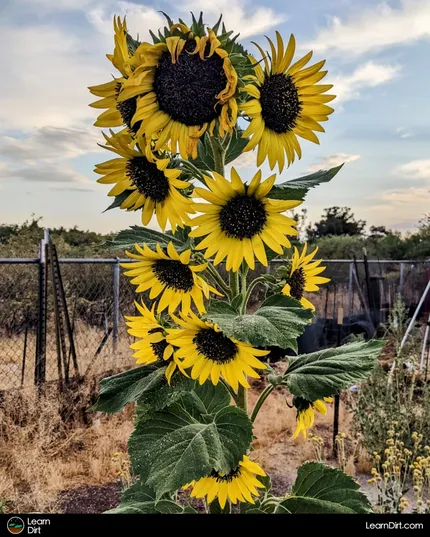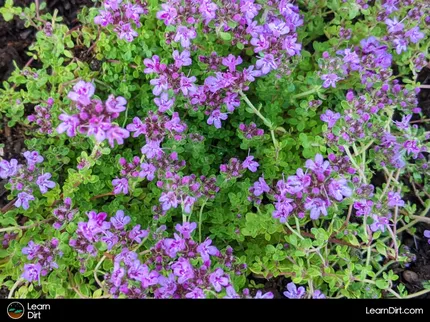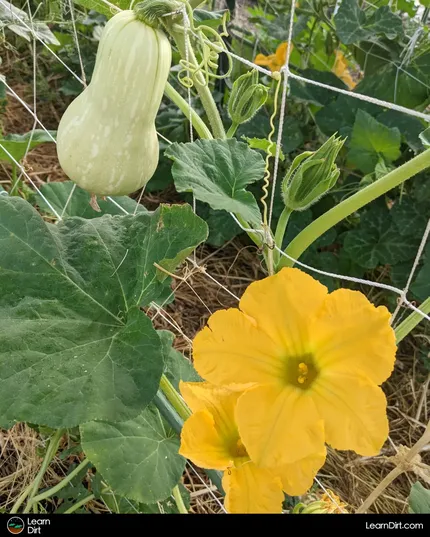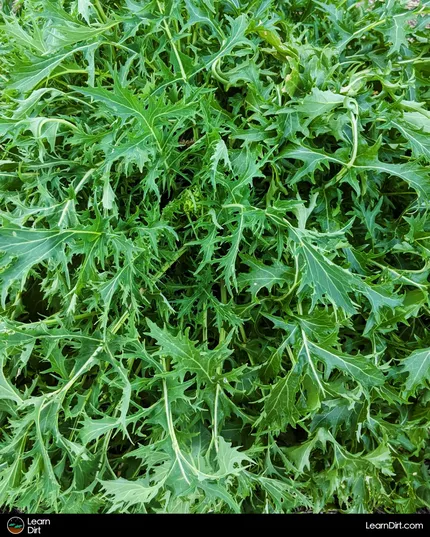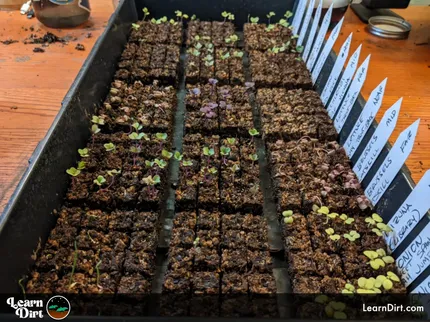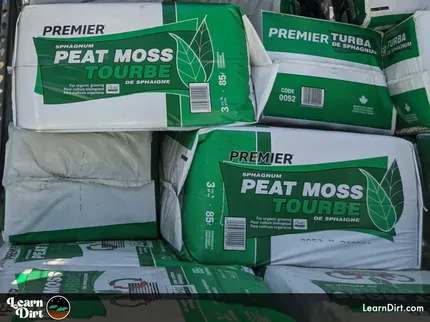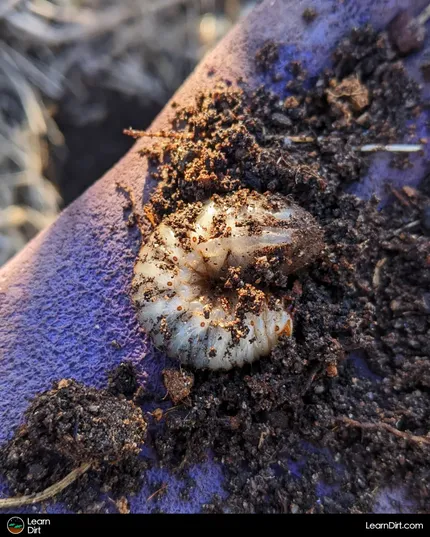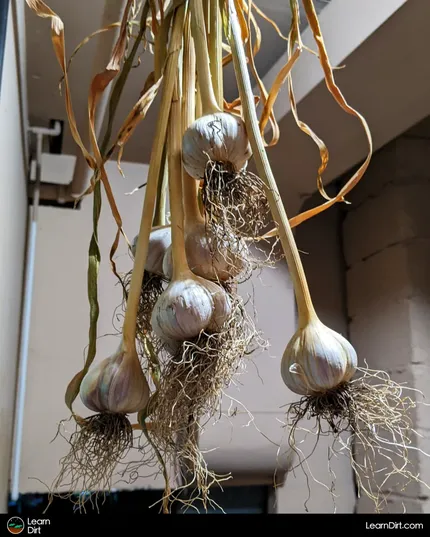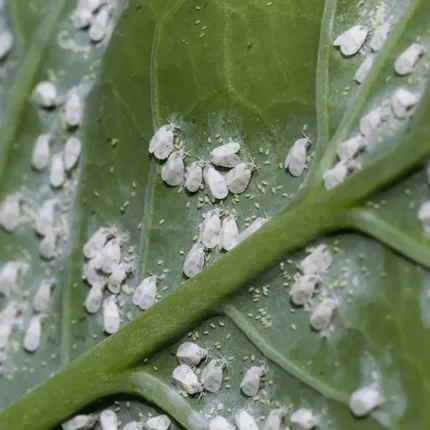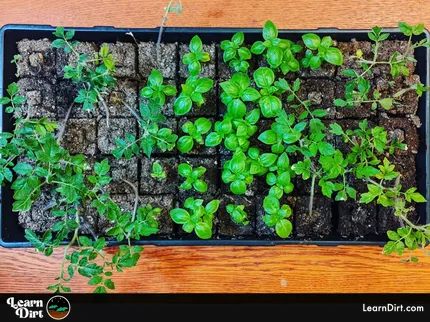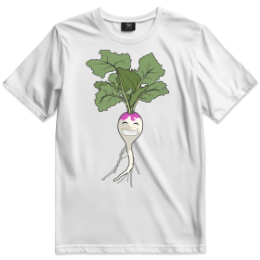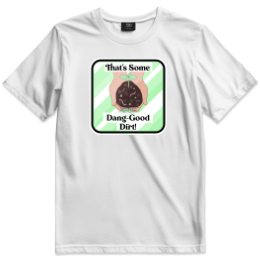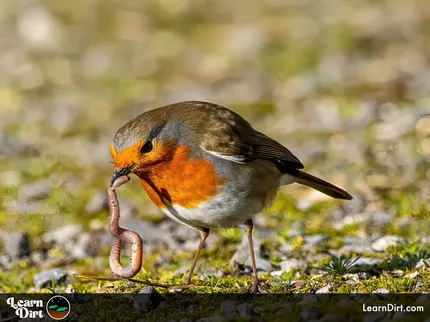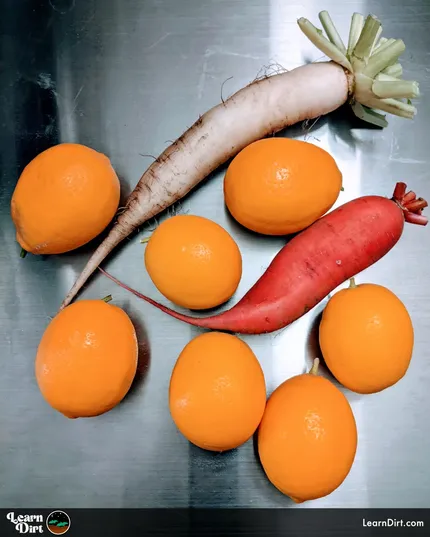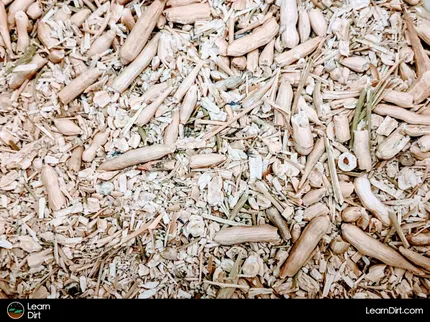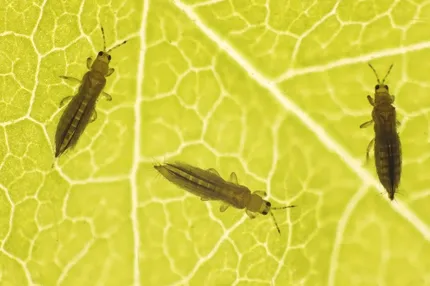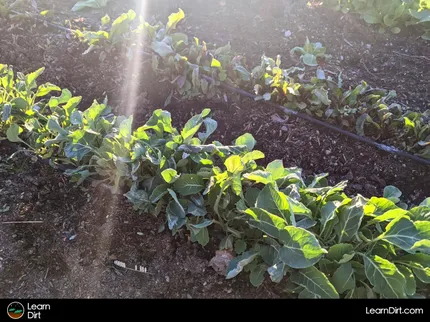Table of Contents
* Our articles never contain AI-generated slop *
Is gardening expensive? Whether you're new to gardening and curious about the cost, or looking for ways you can reduce your garden inputs, we've got you covered here.
Now we've all heard the jokes about spending hundreds of dollars just to grow a couple tomatos.
And it's partially true! You really can spend a ton just to grow a small amount of produce; I've done it.
Disclaimer: This post may contain affiliate links. Refer to the privacy policy for more information.
I've bought every amendment, every bag of soil on the market, all the compost and all the products. Seedlings from nurseries at exorbitant prices. Looking back, I still cringe remembering my days of being a garden custy.
Thankfully, those days are far behind me!
Today, I understand a few crucial secrets that allow me to grow on the cheap, with extremely reduced garden inputs. For practically nothing, my garden produces healthy fertile soil which rivals anything you can buy in a bag.
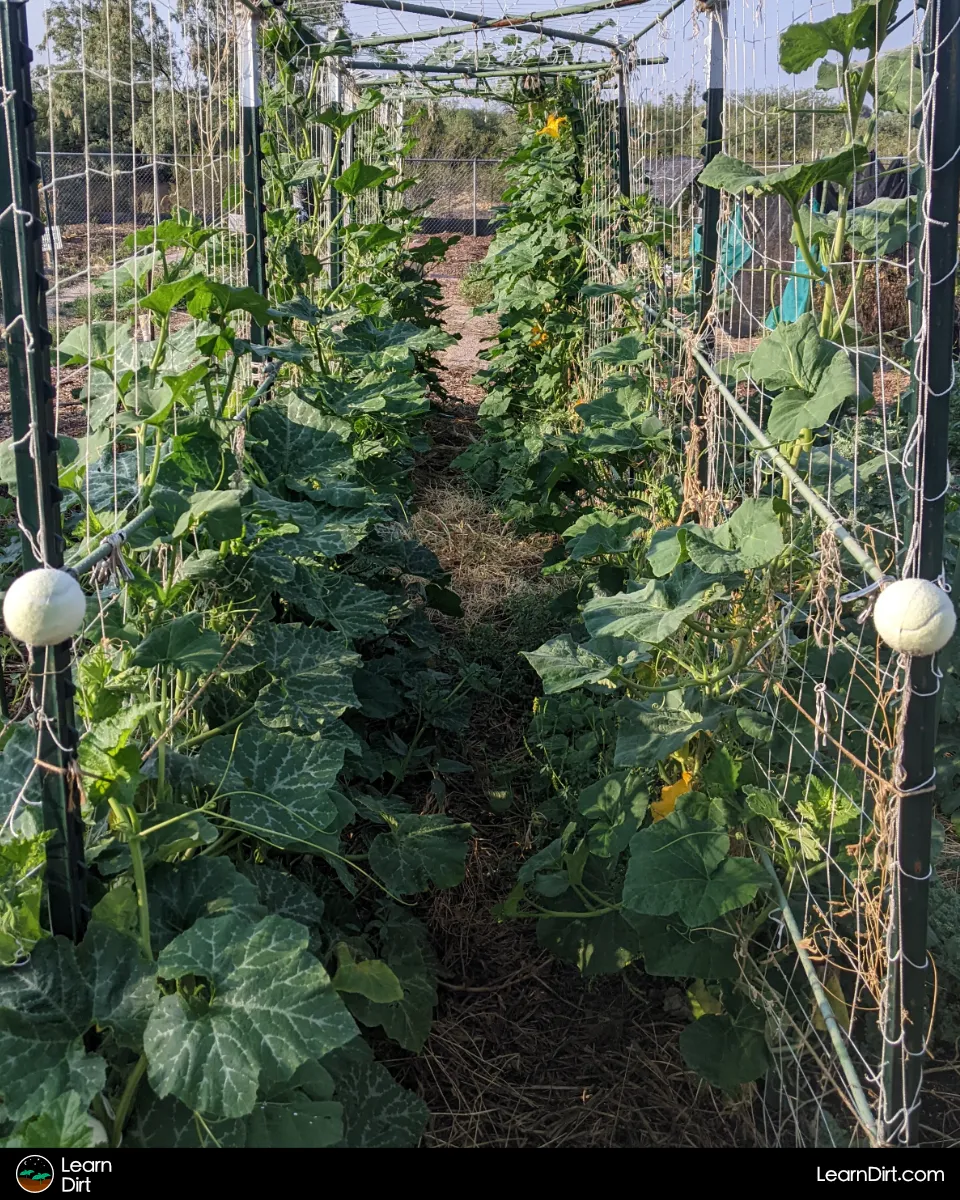
How Is Gardening an Expensive Hobby?
So why is gardening so expensive for many hobbyists, and what can you do about it?
If you've been around the gardening scene for a little while, you'll have found it impossible to ignore to absolute inundation of products being pushed as solutions for every possible gardening 'problem'.
Bottles, bags, fertilizers, nutrients, amendments, accoutrements - you name it, the garden industry will happily convince you that you need it.
Join The Grower's Community
Find your people.
Your voice matters here 🌱
Check It Out!
"This next bag will solve all your problems. These bottles are the only ones that the pros use, and you must use them too."
Some of these products genuinely are useful, and if the demand is there then they deserve to run their businesses. That doesn't mean that you necessarily have to give them your demand, though.
It's easy to get sucked into thinking that you need to buy every bag, bottle, and amendment that you see being sold, hyped, and sponsored.
The fact is, though, that you can garden with very few inputs. You don't actually need most of the things being marketed to you for your garden to thrive.
Gardening can be done in a self-sufficient way.
If you've ever asked yourself why gardening is so expensive, keep reading to learn how you can take control of your costs.
How Is Gardening an Inexpensive Lifestyle?
Time for the good part.
How do we cut costs, reduce inputs, buy less soil, and fewer amendments while simultaneously improving our soil, our plant health, yields, and nutrition content?
It all boils down to 3 primary principles:
Everything beyond those 3 main pillars can be distilled down to the simple idea of gardening in a way that synergizes with the ecosystem.
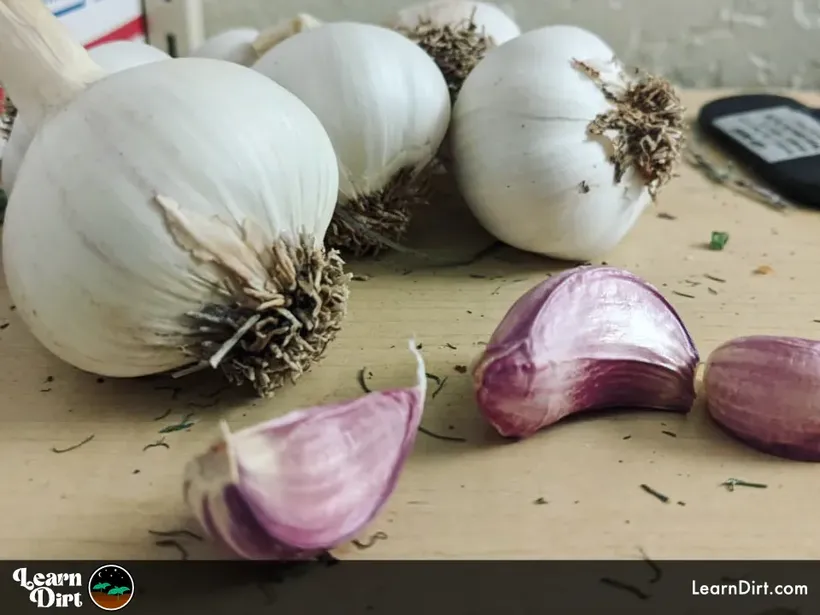
This kind of flavor is priceless because you have to grow it yourself
Building Your Own Soil
Dirt is one of the largest costs in starting new gardens, and it's also one that skews heavily towards the beginning of the project.
That means that if you plan on buying all your dirt, you'll have to spend a lot of money up front for it.
Let's look at an example of what it might cost to buy some compost:
There is a bag of nice organic compost at the local big box store for $4.48 USD for 1.5-cu ft.
I have 4 raised beds to fill, each 4ft (W) x 8ft (L) x 2ft (H).
This works out to 64-cu ft. per bed (4x8x2), or 256-cu ft. to fill all 4.
You would need 171 bags (170.66, rounded) of the compost, at a total cost of $766.08 before tax!
Now it absolutely has to be pointed out that raised beds can be hugelkultur'd to significantly reduce that cost.
It needs to be said that soil can be bought by the truckload or cubic yard to save substantially, rather than in bags.
It's worth pointing out that cheaper topsoil, wood chips, manures, and 'garden soils' can all be used in conjuction with compost to keep costs low.
Dig Cool Merch?
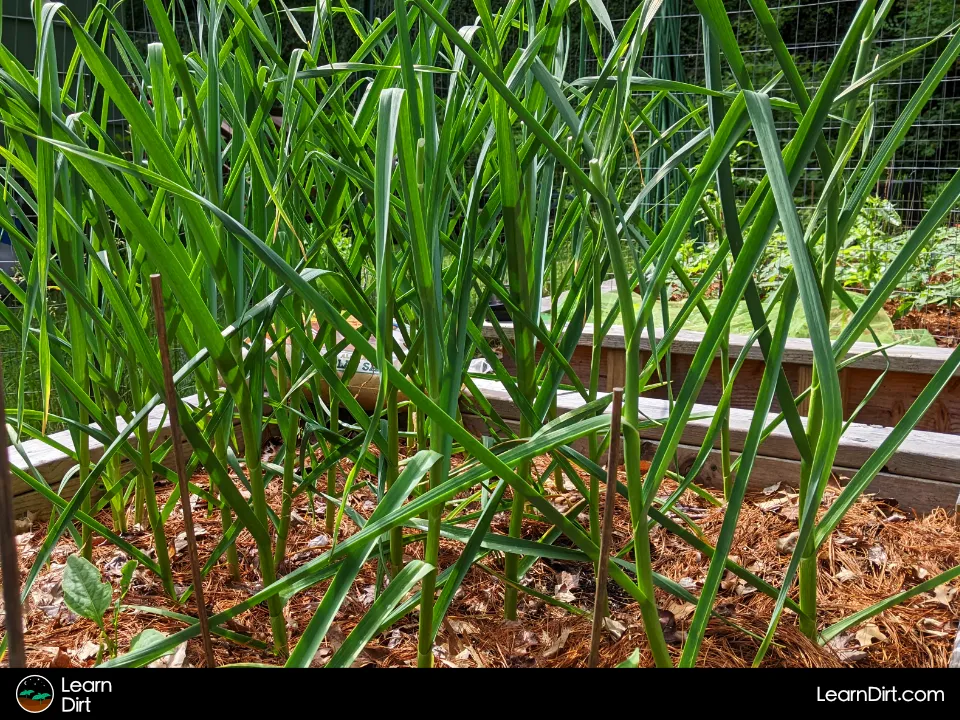
If you're interested in learning how to build your own soil, check out How To Build Great Soil to dive into soil-building.
Saving Your Own Seeds
This one is often overlooked, but becomes so important over the lifetime of a garden.
After infrastructure, soil, and nursery transplants, seeds are often the next-biggest expense for gardeners. You can easily spend many hundreds of dollars each year buying all the seeds you want to grow.
I have definitely spent more than I'd like to admit on seeds.
Let's do a little math here:
A very popular seed company sells a packet of ~250 broccoli seeds for $3.49 USD.
A typical broccoli plant may produce some 5,000 seeds, if it's allowed to flower. If you have the space to let a flowering broccoli remain standing until seeds mature and pods dry, you can reap the true value - its seeds.
At $3.49 per 250 seeds, your 5,000 would be an equivalent value to $69.80 worth of seeds! (if purchased at packet price).
Considering that you need only keep 1 or 2 plants of your favorite varieties to flower each season, I find this to be a very cost-effective use of space.
While saving seeds is a great way to reduce costs, it's also fun to see just how many seeds drop and reseed in future seasons. Seed-saving helps fill the seedbank in your soil with all your favorite plants so they pop up on their own!
When you can close the loop here and save the seeds from the previous season, you reduce your necessary input, and therefore your expenditures.
More than that, however, you can save seeds from the plants which you observe do best in your microclimate.
This will create an evolutionary feedback loop whereby the plant will adapt to fit your garden perfectly.
Seeds can be saved, regrown, and saved again for a number of generations.
You'll end up with plants that absolutely thrive in your garden specifically.
Starting Plants From Seed
One surefire way to make gardening expensive is to buy all your plants as starts from the nursery.
It's very easy to end up spending almost as much on plant starts as you would for the fully grown vegetable at the grocery store!
This is a great way to make gardening a very expensive hobby instead of an inexpensive lifestyle
Seeds cost pennies, starts cost dollars. The difference is orders of magnitude. If you really want to reduce gardening costs, learning the fine art of growing from seed is a must
Starting seeds is difficult, nobody ever said it isn't. But it's rewarding, and it's extremely cost-effective.
One added bonus here is that when you raised plants from seed, their reduced cost makes it easier to lose a few plants without being too torn up over it.
That's all for now, thanks for reading!
If you have any questions, comments, or would like to connect with fellow gardeners, head on over to the forum and post there.

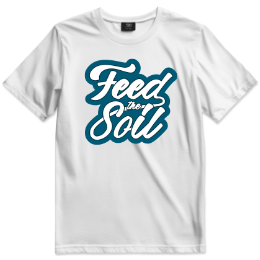
![Don't Till Away Your Carbon [Neon]](/media/product_images/dont-till-away-your-carbon-[neon]_sticker_260x260.png)

